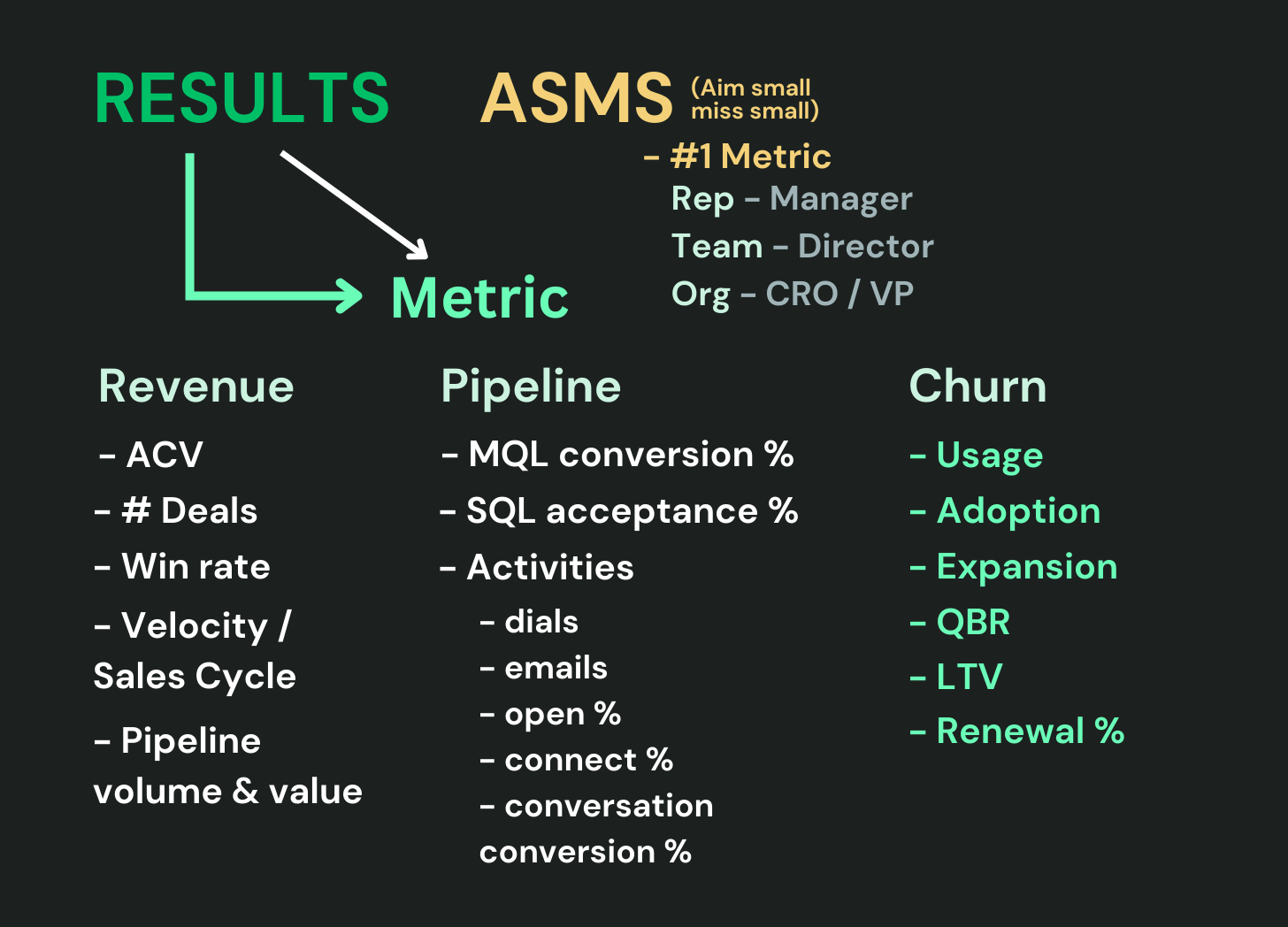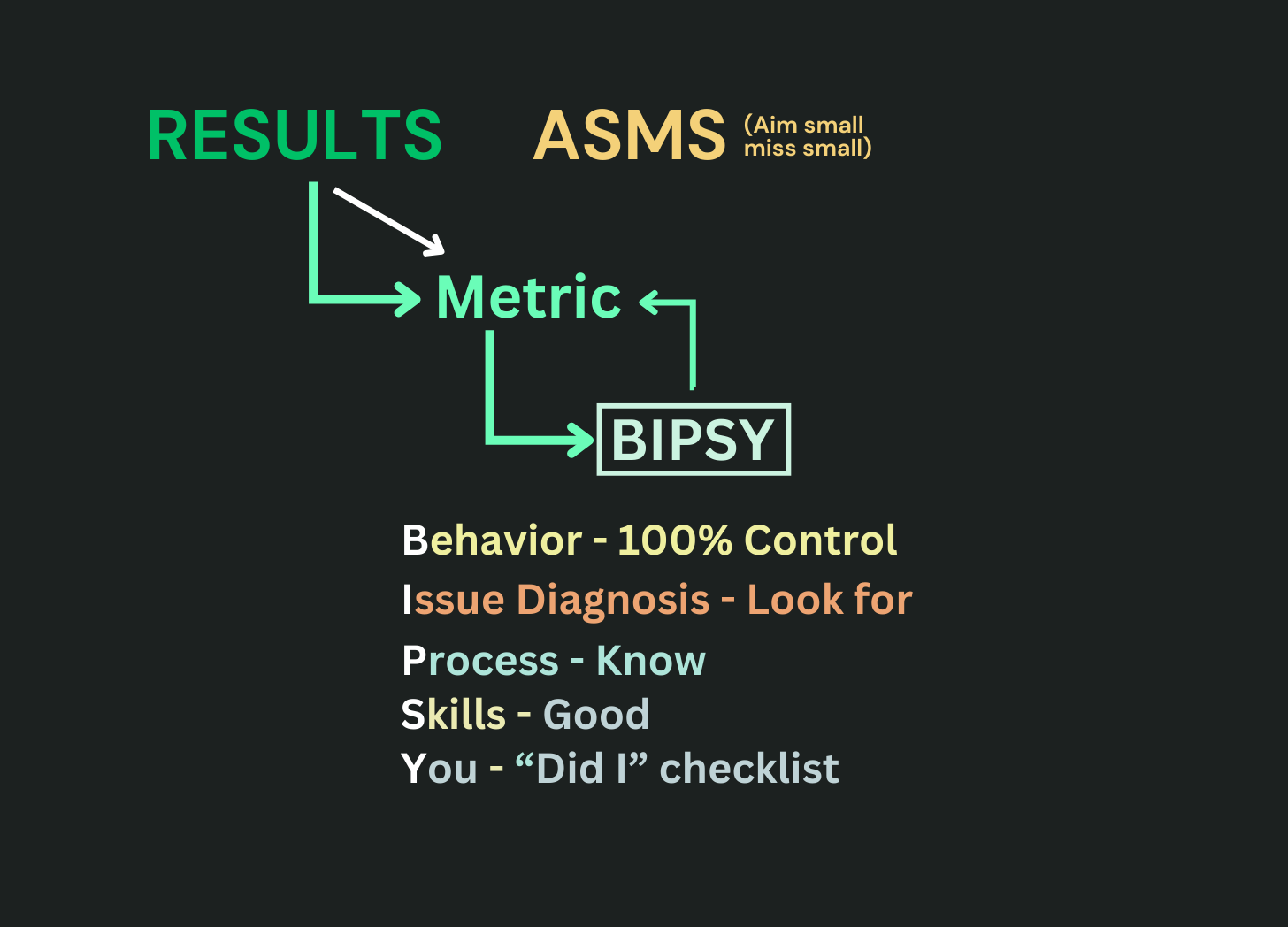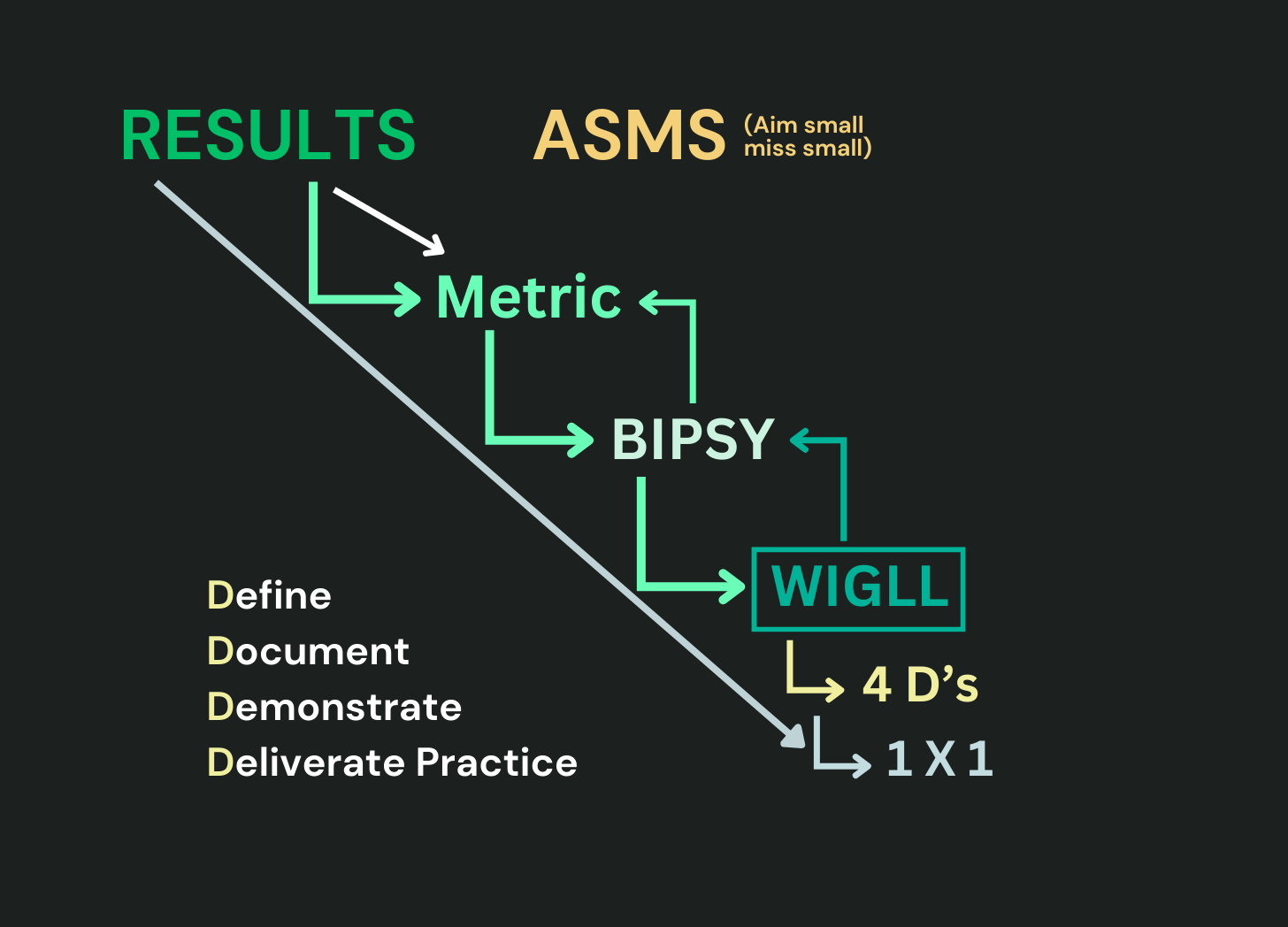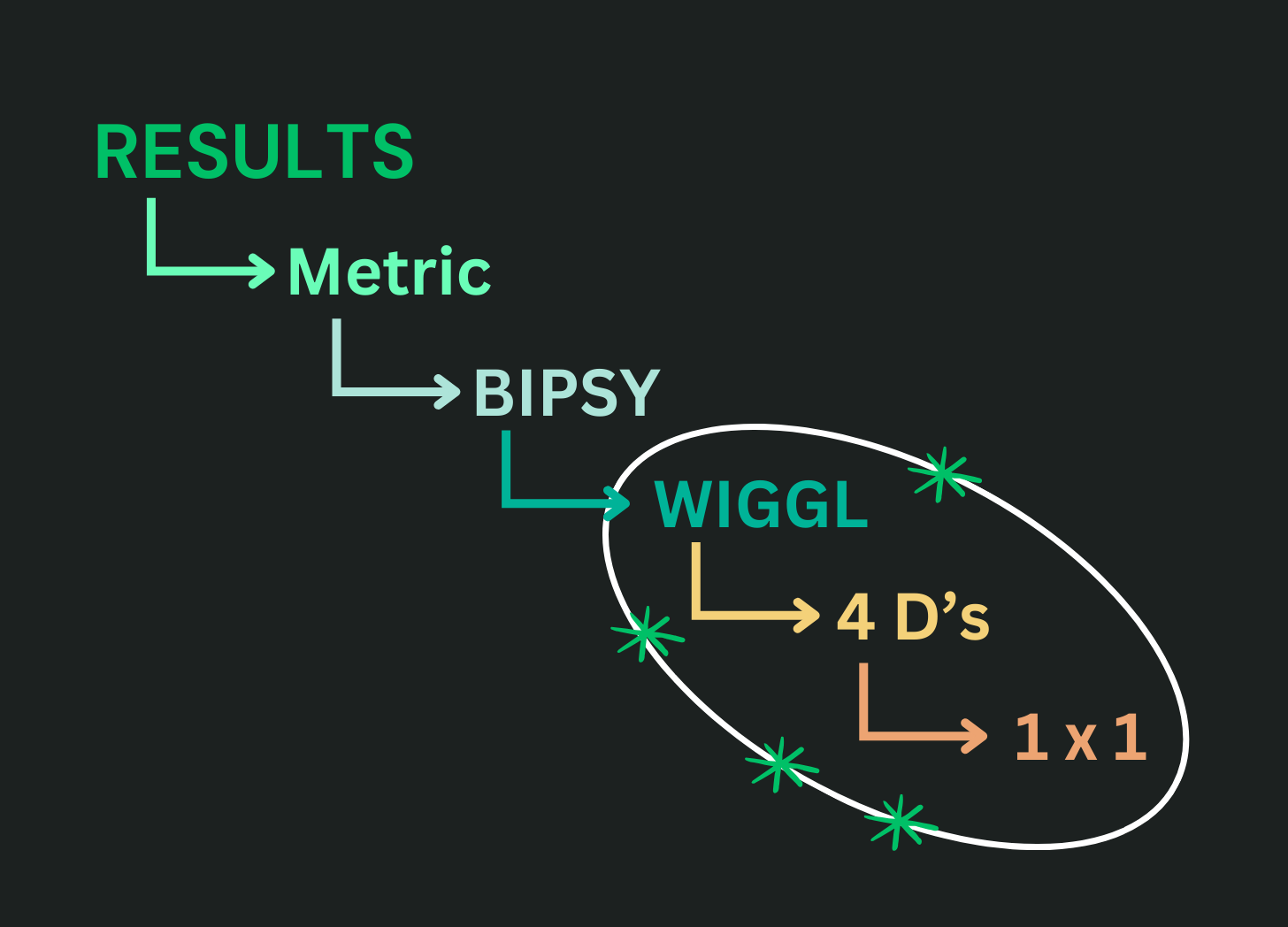The Sales Leadership Framework Behind Multiple $100MM ARR Orgs
Inside Kevin Dorsey's systems for sales leadership and scale: BIPSY, 4Ds and more
Hello and welcome to The GTM Newsletter - read by over 52,000 revenue professionals weekly to stay up-to-date and scale their companies and careers. GTMnow is the media brand of GTMfund - sharing go-to-market advice from the top 1% of revenue operators including the 350 executives behind the fund, news, and our viewpoints from working with hundreds of portfolio companies.
Product 💚: Vanta
Your deal is almost closed, and all that’s left is the security review. But when it comes to those lengthy security questionnaires, the endless back and forths between you, your security team, and the customer can often cause deals to stall out, leaving your deal at risk and dollars on the table. With Vanta Questionnaire Automation, go-to-market teams can complete security reviews up to 5 times faster, helping you close deals in less time than ever. Over 8,000 global companies like ZoomInfo, SmartRecruiters and Noibu use Vanta to streamline security questionnaires and close deals fast. Visit vanta.com/gtmnow to learn more about Questionnaire Automation.
The Sales Leadership Framework Behind Multiple $100MM ARR Orgs
Whether on the podcast, a one-to-one conversation, in GTMfund’s Slack, in a digital live event… the same pattern surfaces: the best leaders develop and leverage systems.
It only felt fitting that we connect with Kevin “KD” Dorsey to share the systems behind his success. Over the last decade, he has worked with countless sales organizations to help them scale from startup to high-growth machines. Along the way, he built multiple $100M ARR companies and trained over 1,500 sales reps, seeing first-hand what systems truly move the needle for revenue leaders.
We teamed up with him to break down the framework he uses to turn sales teams into predictable, high-performing revenue engines - let’s get into it.
1. Shift from Results to Metrics
Most organizations focus on results - pushing for more deals, more pipeline, more revenue. But there’s a fundamental flaw in this approach: results live in the past. By the time you're talking about them, they’re already history. What should be focused on instead are the causal metrics - the actions and behaviors that directly drive those results.
“Results live in the past. That's quite literally what makes it a result.” - Kevin Dorsey
When we talk about results like revenue, pipeline, or churn, we’re talking about the past. You can’t change what’s already happened. What you can do is focus on metrics that lead to those results.
For example:
Revenue is driven by metrics like win rate, ACV (average contract value), and number of deals closed.
Pipeline metrics might include MQL-to-SQL conversion rates, number of activities per rep, or open rates on emails.
Churn is influenced by metrics like product usage, QBR frequency, and expansion opportunities.
The key is knowing the #1 metric that will have the biggest impact on results for each rep, team, and organization. Focus on improving that one metric per quarter, and you’ll see meaningful change without overwhelming your team.
“You cannot change a result without first changing a metric.”
“It is a manager’s job to know the number one metric per rep, it’s the director’s job to know it for the team, and it’s the CRO/VP’s job for the org” - Kevin Dorsey
2. The BIPSY Framework: A Leadership Methodology
Once you’ve identified the key metrics, the next step is understanding what’s driving them. That’s where BIPSY comes in. It’s a simple leadership framework that helps diagnose and address performance issues at the root.
Behaviors: Are reps consistently performing actions 100% within their control (e.g. following up within 5 minutes, time blocking)?
Issue Diagnosis: What’s preventing success? Use a checklist approach to identify gaps (e.g. no reminders sent, poorly timed follow-ups).
Process: Is there a documented process for reps to follow? Are they actually using it?
Skill: Are reps skilled at what they’re doing? (e.g. improving questioning techniques can lead to a higher close rate).
You (the leader): Have you done everything you can to support them (e.g. coaching, setting expectations, running one-on-ones)?
This framework ensures that you’re not just telling your team to improve - they’re getting actionable steps to take control of their own success.
3. Aim Small, Miss Small
If you want to drive results, you need to start small and precise. Too many leaders try to fix everything at once - improving close rates, increasing ACV, ramping up pipeline - all at the same time. This is overwhelming and rarely effective. Instead, focus on one metric per quarter. This could be ACV for one rep, close rate for another, or pipeline volume for the team as a whole. By honing in on a single metric, you create clarity and focus for both your team and yourself.
4. Scaling Greatness with the 4 Ds
Once you’ve identified what’s working, the next step is to scale it across your team. That’s where the 4 Ds come in:
Define: Clearly define what good looks like (WIGL) for each behavior, skill, and process.
Document: Write it down. If it’s not documented, it doesn’t exist.
Demonstrate: Show your team how to do it. Whether it’s a live demo or a training session, people need to see best practices in action.
Deliberate Practice: Repetition is key. Ensure your team is practicing the right behaviors consistently to internalize them.
For example, when a rep improved ACV by 36% by packaging pricing differently, we didn’t stop there. We defined her approach, documented it, demonstrated it to the team, and then practiced it. As a result, ACV across the entire org increased by 18%, translating into millions of dollars of additional revenue.
“The fastest way to impact an org is how quickly can you identify what good looks like and get it into the 4Ds” - Kevin Dorsey
5. Structured One-on-Ones
The glue that holds all of this together is structured one-on-ones. Here’s how KD runs them:
Metrics: Reps report on their key metrics (e.g. percentage to goal, win rate, pipeline volume).
Skill Focus: They review specific areas they’re working on, like call reviews or discovery questioning.
Plan for the Week: The rep outlines their plan for the week - what they’ll focus on and how they’ll execute it.
The twist? Reps fill out the one-on-one doc, not the manager. And they do it on Friday, so they head into the weekend knowing exactly what they need to focus on for the upcoming week. This creates accountability and clarity for both the rep and the leader.
6. The Weekly Wiggle
One of KD’s favorite practices is the weekly wiggle, where they take time to build out What Good Looks Like (WIGL) for different processes. Every week, the leadership team dedicates an hour to refining call scorecards, pipeline checklists, and deal inspection processes. By continuously improving these foundational elements, it ensures that everyone knows exactly what great performance looks like.
The Playbook in Action
The leadership methodology I’ve built is designed to take sales teams from scattered and reactive to focused and high-performing. Here’s the process:
Start with metrics, not results: Identify and target the most impactful metrics for each team member.
Use BIPSI to diagnose issues: Understand the root causes of performance gaps and fix them.
Aim small, miss small: Focus on one metric at a time, for both reps and teams.
Scale success with the 4 Ds: Define, document, demonstrate, and practice the behaviors that work.
Structured one-on-ones: Reps take ownership of their progress with clear plans and metrics.
Weekly wiggle: Consistently refine and improve processes every week.
This playbook isn’t a magic formula - it’s a system that requires discipline and focus. But when done right, it can transform your sales organization into a high-performing revenue machine.
If you want more insights or access to the tools and templates KD uses, he has a full program here.
Tag GTMnow so we can see your takeaways and help amplify them.
👂 More for your eardrums
The GTM Podcast - subscribe on Apple, Spotify, YouTube or wherever you listen.
Eli Schwartz is an SEO expert and consultant with over a decade of experience driving successful SEO and growth programs for both B2B and B2C companies. He has worked with major brands like Shutterstock, Gusto, WordPress, Quora, Mixpanel, and Zendesk to build and execute global SEO strategies that dramatically increase their visibility at scale. Previously, Eli led the SEO team at SurveyMonkey, growing organic search from nearly zero to one of the largest growth channels at the company.
👀 More for your eyeballs
The build vs. buy dilemma: Avoiding builder’s remorse in AI integration. Just like getting in too deep on a weekend DIY installation, building an in-house AI solution can end up consuming far more time, money, and effort than you anticipated. With so much at stake, avoiding "Builder’s Remorse" is critical for businesses looking to scale their AI strategy and gain a competitive edge. This article by AlphaSense’s President examines the “build vs. buy” dilemma companies are facing in their AI integration strategy – and the factors prompting more and more organizations to buy solutions from a trusted partner rather than building them in-house from scratch.
🚀 Startups to watch
Writer - unveiled its latest large language model (LLM) Palmyra X 004 today, marking a significant advancement in enterprise artificial intelligence. This new frontier model excels in function calling and workflow execution, key capabilities for building practical AI agents and assistants for businesses. Palmyra X 004 distinguishes itself with its exceptional performance on function calling tasks. The model achieved a score of 78.76% on Berkeley’s Tool Calling Leaderboard, surpassing offerings from tech giants like OpenAI, Anthropic, Google, and Meta by nearly 20%.
Document Crunch - announced a $21.5M Series B. This round enables the AI-powered document compliance platform to go even deeper to mitigate the biggest risks in construction contracts and project documents, with the overall goal of de-risking every single project in the $13T construction industry ecosystem.
Avarra - announced their launch and delivered a live demo at the GTMfund annual retreat. Simulation accelerates learning at a fraction of the cost, and their AI avatars are revolutionizing sales training and enablement.
🔥 Hottest GTM jobs of the week
Business Development Representative, Outbound at WorkRamp (Remote - US)
Mid Market Account Executive at WorkRamp (Remote - US)
Sales Development Representative at Armada (Remote - US)
GTM planning & operations manager at Writer
Partner Account Manager at Document Crunch (Hybrid - Georgia)
See more top GTM jobs on the GTMfund Job Board.
🗓️ GTM industry events
Upcoming go-to-market events you won’t want to miss:
GTM Summit by Pavilion: October 14 - 16 (Austin, TX)
GTMfund Dinner: October 30 (San Francisco)
More Product 💚: Upland Altify
Revenue growth isn’t easy, but it can be simplified. Sustained success demands a strategic approach backed by powerful technology. Altify is the only sales software that seamlessly blends methodology, strategy, and AI into a 100% Salesforce native solution. By empowering sellers with AI-enhanced capabilities, Altify helps uncover hidden opportunities, strengthen customer relationships, and optimize sales execution. Our solutions align sales and customer journeys, accelerate deal cycles, and drive long-term revenue growth - learn more here.
We just wrapped up our annual GTMfund retreat in San Diego. A huge thank you to everyone who came, spent their weekend together, and kept the vibes high the whole time.
See you in Austin next week if you’ll be attending Pavilion’s GTM Summit. Either way, have a great weekend ahead!
🤝 Sophie











